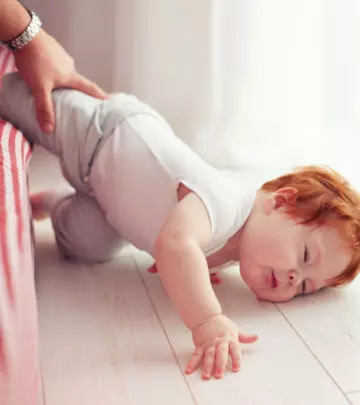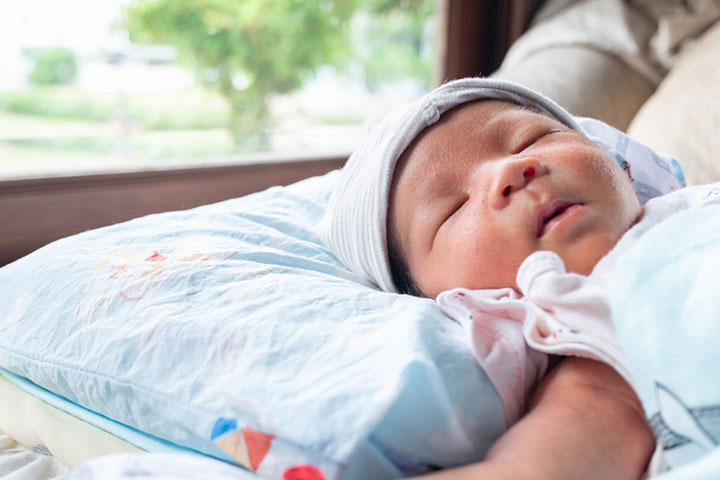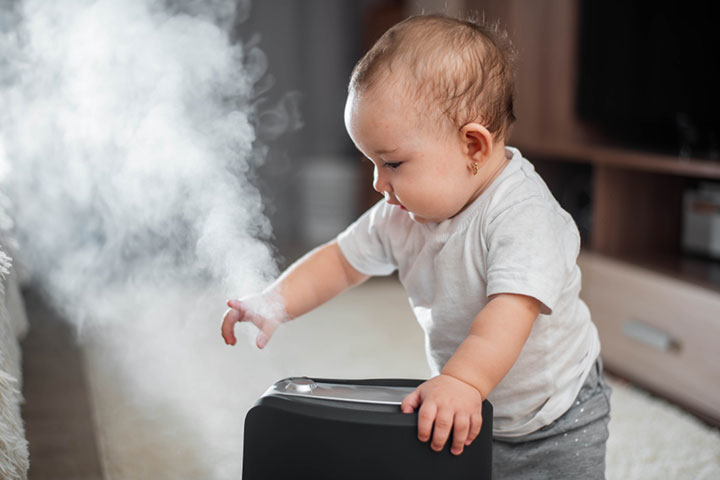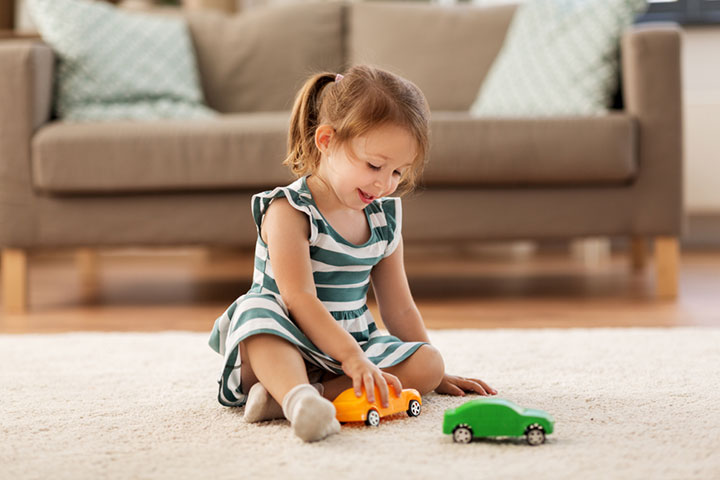
Image: Shutterstock
A parent’s biggest fear is their precious baby getting injured, especially in the comfort of their own home. Before your baby arrived, you probably took every measure to baby proof the nooks and corners of your house. Unfortunately, injuries are almost inevitable, as it’s nearly impossible to anticipate every potential danger your child might encounter. Sometimes, it’s challenging to identify a threat in items that have been part of your surroundings for years. However, there’s no need to fret or exhaust yourself trying to identify every object that could pose a risk. We’ve compiled a list of items that might be hazardous to your baby but don’t necessarily need to be removed. Instead, exercise caution when your children are near or interacting with these objects, and they should remain perfectly safe. Read on to know them all!
1. A Pillow
Image: Shutterstock
While as an adult, you might find a pillow to be a valuable addition for a good night’s sleep, it’s essential to recognize that babies have different needs. New parents often assume that providing a headrest for their baby is a good idea based on their own experiences. However, it’s generally best for babies not to use a pillow until they reach the toddler stage.
Babies should sleep on a firm and flat surface, free from pillows, blankets, and other soft bedding, at least until the age of 1 and preferably until 18 months or older. Several reasons support this approach. Firstly, infants may shift in their sleep and accidentally press their face into a soft and cushioned pillow, risking suffocation. Additionally, as they grow, they may use the pillow as a step to climb out of the crib. Furthermore, pillows filled with materials like feathers or down can trigger severe allergic reactions, potentially leading to various health complications for the baby. It’s crucial to prioritize safety and choose a suitable sleeping environment for your little one.
2. Socket Covers
Image: Shutterstock
Every parent is well acquainted with socket covers. They are not a new concept. But they also know that socket covers can be easily removed and attract a lot of attention from their baby. And their biggest nightmare is confirmed when their baby easily removes said cover and puts it in their mouth. Yikes! So, it’s best to opt for a more advanced cover or block all the reachable sockets in the house with furniture in order to keep your little one safe. There’s no way they are moving the couch out of the way!
3. A Humidifier
Image: Shutterstock
A humidifier can be a valuable addition to your child’s room, benefiting their skin and respiratory health due to the moist air it provides. However, if not used correctly, it can lead to various kinds of mishaps and health problems.
The most common problems associated with humidifiers are mold and excessive moisture. To prevent these concerns, pediatricians recommend using a humidifier alongside a humidity-measuring device called a hygrometer. Alternatively, you can opt for a humidifier equipped with a built-in hygrostat to help you monitor humidity levels.
Maintaining an ideal humidity level of around 50% is considered optimal. This approach allows you to stay informed and replace your humidifier when necessary, ensuring your baby’s safety.
4. Battery Operated Toys
Image: Shutterstock
No matter how much your child adores their new toy car or singing doll, it’s essential to exercise caution when it comes to battery-operated toys. Children can easily access these batteries and may attempt to ingest them, posing a choking hazard if the battery becomes lodged in the esophagus.
In cases where the battery is swallowed, it can release harmful chemicals, leading to more severe consequences. Inserting batteries into the nose or ears can also result in unpleasant outcomes.
Given these risks, batteries should never be within a child’s reach. If you must use toys with batteries, ensure they are securely enclosed within the toy and cannot be easily opened by your baby. Applying an extra layer of tape on the exterior can also serve as a precautionary measure.
Keeping your baby safe might as well be a fulltime sport. Sometimes it can feel like you’ll never cover every base to ensure that they don’t fall in harm’s way and that’s okay. Your little one is stronger than you give them credit for. As long as you keep an eye out for these potential threats at home, you are good to go. Have we missed out on anything on our list? Let us know in the comments section! Happy parenting.

















